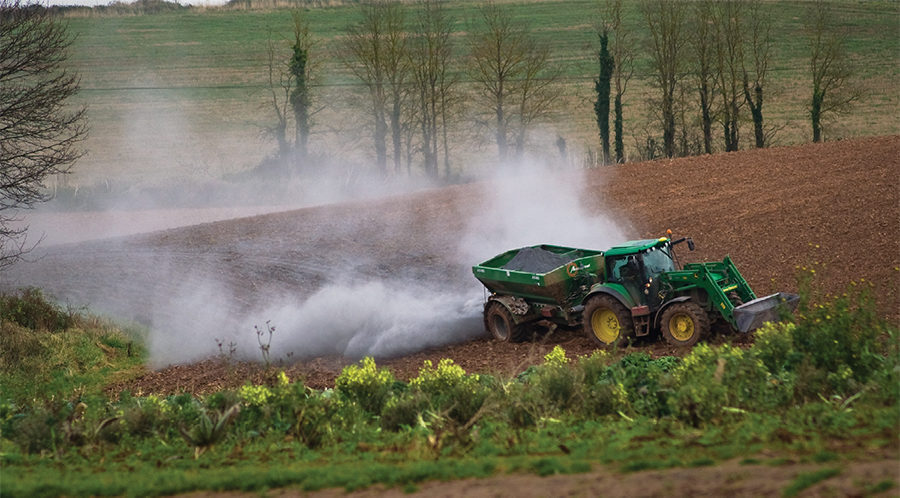No-Till Farmer
Get full access NOW to the most comprehensive, powerful and easy-to-use online resource for no-tillage practices. Just one good idea will pay for your subscription hundreds of times over.

For some no-tillers, it’s a normal routine: a blanket-rate application of lime goes on and 4 years later the process is repeated.
But liming no-tilled fields to correct soil pH isn’t something that should simply be done out of habit.
By taking better advantage of soil testing and technologies like geo-referenced maps, no-tillers can make their lime applications more effective, achieve the desired pH in their soils and save money at the same time.
Experts say getting more from lime applications starts with soil testing to get a better understanding of pH levels. But the rules for a soil pH test vary slightly from normal soil sampling. The first step is determining a field’s variability.
“The lime rate is a function of low pH and the buffering capacity, or the cation exchange capacity (CEC), of the soil. That varies across the field,” Dave Mengel says.
The Kansas State University soil fertility specialist says there are several ways for a no-tiller to assess a field’s variability. He prefers to use data on soil properties, yield potentials, nutrient levels and other information to create management zones.
But grid sampling, EC maps and yield maps are other options.
“The big thing is to do something to figure out the variability in the field in terms of lime requirements,” he says.
After a no-tiller understands which areas of the field will need separate soil samples, they can take a sample, but it shouldn’t be at the typical 6- to 8-inch depth, experts…